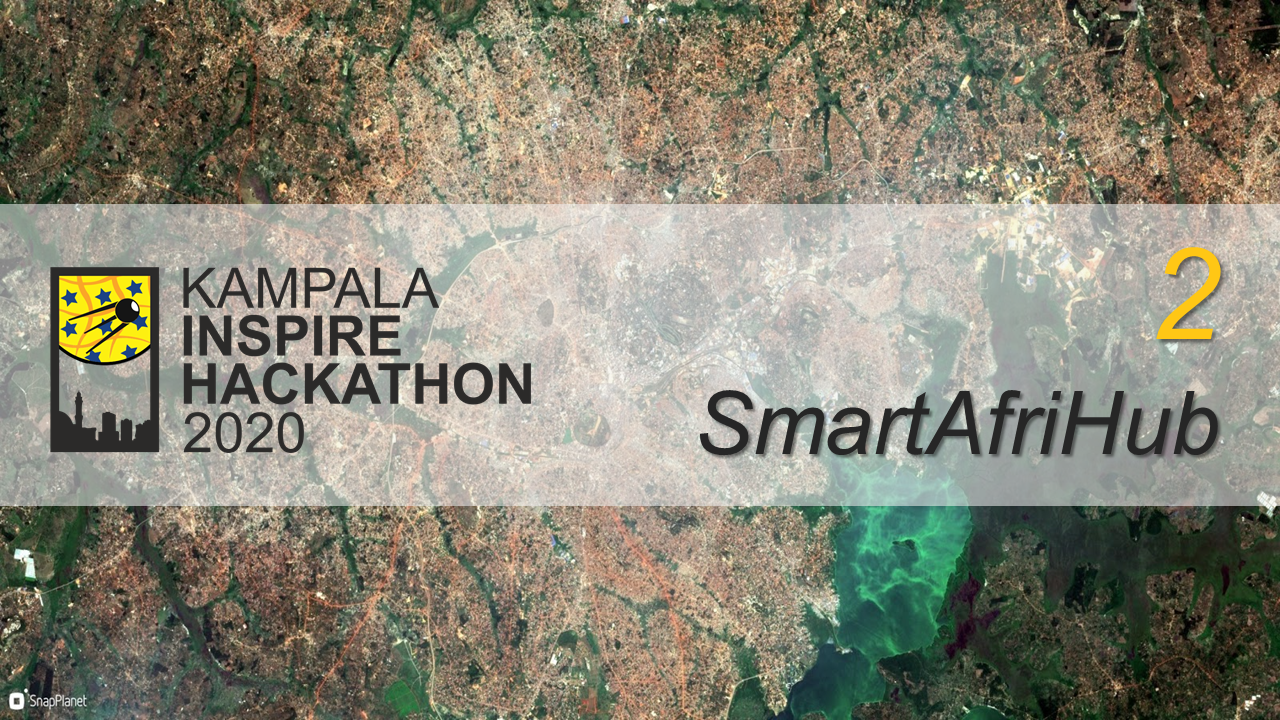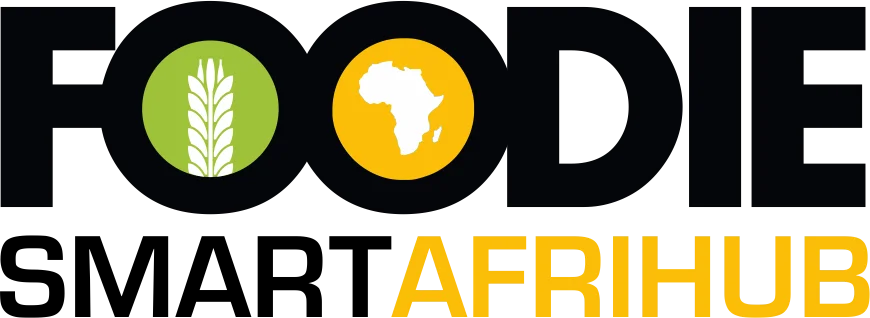| Simon Van Kerckhove

TO DO:
- Choose the risk(s) that best fit(s) the framework of this challenge.
- Make a list of
- The technology we will use to investigate and create a solution.
- The data needed, with a clear detail of its availability (in scope and time).
- The potential partners (local and global) that can support the project.
- Start working!
Non exhaustive list of the objectives:
- Primary objective (WHY?)
- Improve farmers livelihood.
- Secondary objectives:
- Improve access to farm goods.
- Improve access to financing (credit assessment):
- Measuring the creditworthiness of traders in the informal economy
- Start small to create credit records
- Improve access to crop insurance
- Improve transparency in supply chain: maybe it is more a demand from consumers (ex: Agriledger, Provenance, Bext360).
A few figures:
- In Kenya, demand in credit from micro, small- and medium-sized enterprises, or MSMEs, is estimated at $6.5 billion (Capital 4G)
- 444 millions unique mobile phone subscribers in subSaharan Africa, but only 38% are connected to mobile broadband in 2017, with 87% expected by 2025 (mamopanels)
- The significance of the agricultural sector in SSA is reflected in its high share of GDP in most countries, its even greater share of employment and its prioritisation in the development agenda (FAO)
- SSA exhibits vast agricultural potential, yet production growth in the past has mainly been achieved through continued area expansion. While total agricultural production is projected to rise by 2.6% p.a. to 2025, area expansion slows and an increasing share of production growth is attributed to improved productivity
- Yet growth in the sector remains challenged by an uncertain policy environment and poor infrastructural development that limit market access, increase postharvest losses and raise the cost of trade.
Farmers risk breakdown:
Farming has become increasingly risky, as farmers become more commercial. About the risks detailed below, the questions one should ask are:
- Which risks have the highest probability to happen?
- Which risks have the highest impact?
- Which risks allow the biggest leverage to be mitigated or avoided, comparing to the cost?
- Which risk mitigation strategy can be created using digital tools?
If the 3 first questions above should be answered by someone with on-site experience, we found that a digital solution can be more conveniently adapted to the marketing, financial and institutional risks. Some potential solutions are proposed in italic.
This content is a summary of the very clear report written by David Kahan for the FAO.
- Production and technical risk
- Pest & diseases
- Rainfall
- Drought
- Equipment breakdown, availability, performance, cost
- Marketing: prices and costs:
- Supply of inputs
- Demand for an output
- Cost of production
Mitigation & digitalization:
-
- Pricing arrangements:
- Cash forward contracts
- Deferred pricing/payment contracts
- Minimum price contracts
- Futures contracts
- Short- and long-term market information
- Pricing arrangements:
- Financial risks:
- Future interest rates uncertainty
Key aspects:
-
- Availability and cost of credit and the repayment schedule
- Farmer’s liquidity and ability to generate cashflow
- Farmer’s ability to maintain and increase capital
Mitigation and digitalization:
-
- Credit
- Attitude toward risk
- Size and type of farm operation
- Farmer’s relationship with suppliers and output purchasers
- Willingness of the lender
- General Environment financial risk
- Liquidity
- Leasing assets
- Manage the phasing of the investments
- Contingencies
- Insurance
- Institutional risk: change in service provided by institutional partner
- Banks
- Cooperatives
- Consolidate loads to facilitate bulk buying
- Government extension service
- Government subsidies, quality regulation and waste disposal
- Human and personal risk
- Illness or death
- Migration
- Political and social unrest
Data:
To ensure the best decision-making process, we need to collect relevant and accurate data, which is a challenge in the context of farming in Africa. Some solutions, including the blockchain technology and the support of the government to create a single framework and data set, already exist.
For every risk above, there is a specific data set to be defined and collected. Here, we only provide a simple list of data that can be sorted among the risk categories. Also, the constant supply of data should be assured, such that the project can last in the future yield improvement.
- Farm records
- Soil and crop condition
- Pest infestation
- Cultivation process
- Land ownership
- Grains transaction
- Crop output
- Offfarm statistics
- Information from input dealers
- Traders
- Market prices
HOW?
Here we quickly investigate the potential of the blockchain solution. Various startups already do it across the globe, so it is easy to replicate this solution, after a careful review of the necessary adaptation of the model according to the context of SSA. However, it is clear that this technology is not the magic solution to the challenge we seek to solve but can be part of the solutions.
Cons:
-
- Requires good internet connectivity and speed
- Right expertise and knowledge for users.
- Smart phone possession
Pros:
-
- To counter the inconvenient, big tech companies and start up are potential partners
- Field agents are employed to validate the data across the information chain.
- Bring stakeholders together:
- Banks
- Technology companies
- Financial leasing companies
- Insurers
- Market places
- Seek financing from the food industry
- End users: use of mobile phone to access the service.
Sources:
https://haratoken.io/about_us.html
